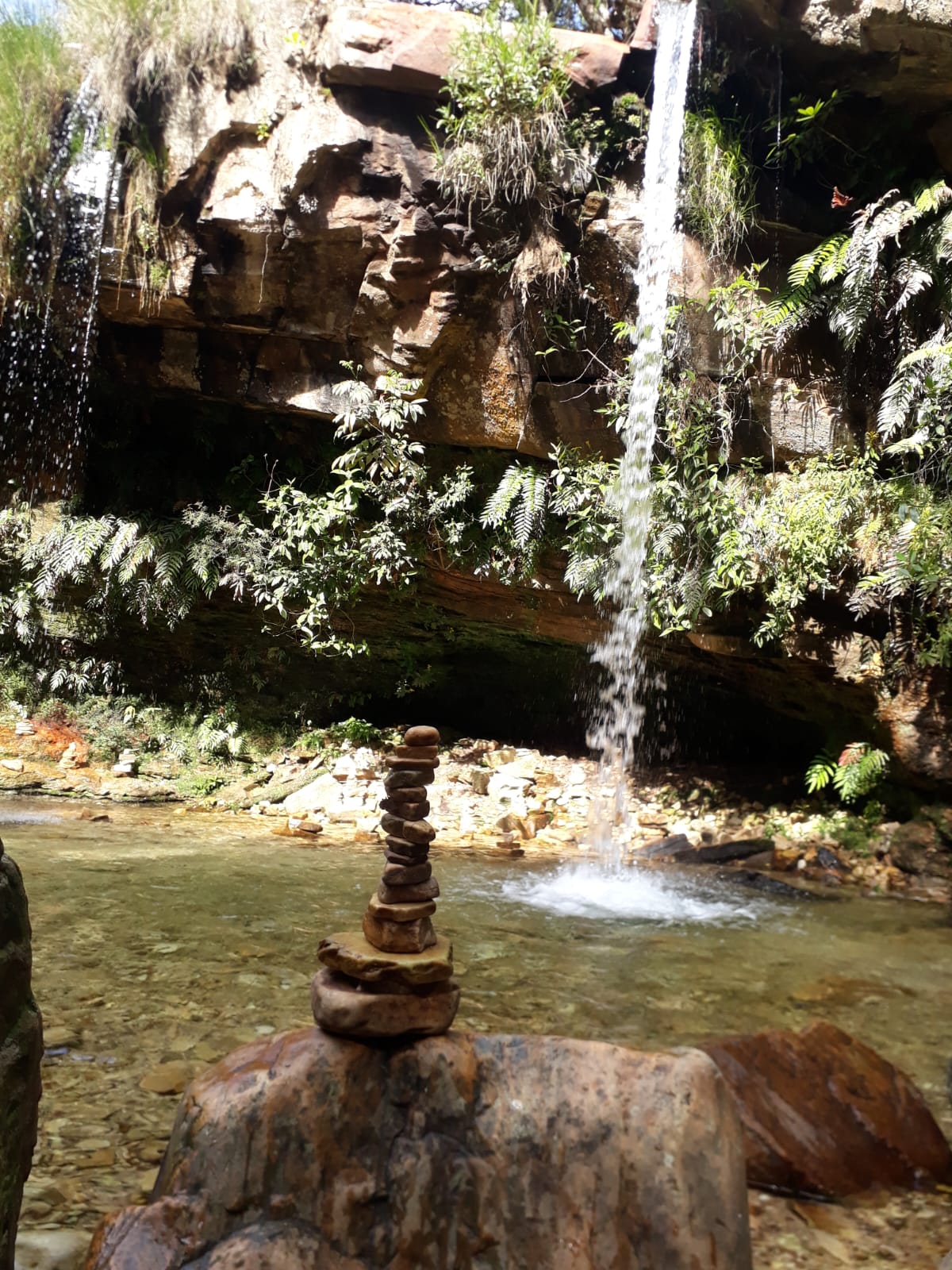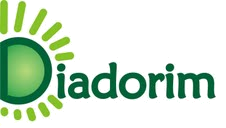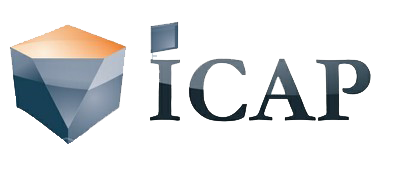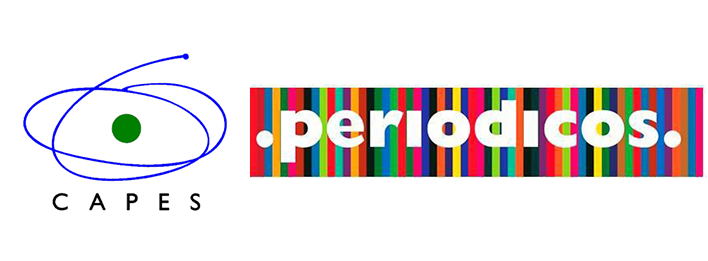Análise da Capacidade Absortiva no Campo do Turismo: Estudo Bibliométrico da Evolução Conceitual Teórica entre 1996 e 2021
DOI:
https://doi.org/10.29149/mtr.v8i3.7654Palavras-chave:
Capacida absortiva, Turismo, Fontes externas de conhecimentos, Análise bibliométricaResumo
A literatura sobre capacidade absortiva e temas interligados, como o compartilhamento e a transferência de conhecimentos, têm crescido rapidamente em diversas áreas do conhecimento. Mas esse crescimento ainda é incipiente no campo do turismo, mesmo sendo uma indústria baseada em conhecimento, que possui processos de captação de informações por meio da interação com o consumidor, o que possibilita o compartilhamento de conhecimentos. A partir disso, percebe-se a escassez de estudos sobre capacidade absortiva, mais especificamente de estudos que investigaram os processos de aquisição, assimilação, transformação e exploração de conhecimentos externos no campo do turismo. O presente estudo busca responder à seguinte questão de pesquisa: como ocorreu a evolução conceitual-teórica da temática capacidade absortiva no campo do turismo no período de 1996 a 2021, e quais são as influências, correntes existentes e frentes atuais no campo teórico, que estudam esta temática? O estudo é realizado por meio de uma análise bibliométrica, pois a utilização desta técnica possibilita identificar o desenvolvimento de um campo científico e revela como sua evolução ocorreu ao longo dos anos (Zupic & Cater, 2015). Dentre as cinco técnicas de análise bibliométrica, o presente estudo apresenta análise de cocitação e acoplamento bibliográfico, que são consideradas as principais técnicas da análise bibliométrica. Coletamos uma amostra de 273 artigos ciêntificos na base de dados Web of Science (WoS) sobre capacidade absortiva no campo do turismo e por meio do software Vosviewer foi realizado os mapas de cocitação e de acoplamento bibliográfico. A principal contribuição deste estudo é de caráter exploratório. Ou seja, além de mapear a evolução teórica- conceitual, mais especificamente as principais influências teóricas, correntes teóricas existentes e as frentes teóricas atuais sobre a temática no campo do turismo, o estudo apresenta um ponto de partida para estudos futuros descritivos e causais, sobretudo nos clusters formados no mapa de acoplamento bibliográfico.
Referências
Alford, P. (2018). Tourism and the internet; marketing perspectives. The sage handbook of tourism management. Applications of theories and concepts to tourism, 397-414.
Baggio, R., & Cooper, C. (2013). Knowledge transfer in a tourism destination: the effects of a network structure. In Advances in service network analysis (pp. 183-198). Routledge.
Binder, P. (2019). A network perspective on organizational learning research in tourism and hospitality. International Journal of Contemporary Hospitality Management.
Bontis, N., Janošević, S., & Dženopoljac, V. (2015). Intellectual capital in Serbia’s hotel industry. International Journal of Contemporary Hospitality Management.
Börner, K., Chen, C., & Boyack, K. W. (2003). Visualizing knowledge domains. Annual review of information science and technology, 37(1), 179-255.
Cadwallader, S., Jarvis, C. B., Bitner, M. J., & Ostrom, A. L. (2010). Frontline employee motivation to participate in service innovation implementation. Journal of the Academy of Marketing Science, 38(2), 219–239.
Camisón, C., & Monfort-Mir, V. M. (2012). Measuring innovation in tourism from the Schumpeterian and the dynamic-capabilities perspectives. Tourism management, 33(4), 776-789.
Chang, S., Gong, Y., & Shum, C. (2011). Promoting innovation in hospitality companies through human resource management practices. International Journal of Hospitality Management, 30(4), 812–818.
Chang, S., Way, S. A., & Cheng, D. H. (2018). The elicitation of frontline, customer-contact, hotel employee innovative behavior: illuminating the central roles of readiness for change and absorptive capacity. Cornell Hospitality Quarterly, 59(3), 228-238.
Christensen, C. M. (1997). The Innovator’s Dilemma. Harvard Business School Press.
Boston, MA.
Cohen, W. M., & Levinthal, D. A. (1990). Absorptive capacity: A new perspective on learning and innovation. Administrative science quarterly, 128–152.
Cyert, R. M., & March, J. G. (1963). A behavioral theory of the firm. Englewood Cliffs, NJ, 2(4), 169–187.
Czernek, K. (2014). Innowacje w turystyce miejskiej oraz determinanty ich rozwoju. Studia Oeconomica Posnaniensia, 2(3), 264.
Del Chiappa, G., & Baggio, R. (2015). Knowledge transfer in smart tourism destinations: Analyzing the effects of a network structure. Journal of Destination Marketing & Management, 4(3), 145-150.
Denicolai, S., Ramirez, M., & Tidd, J. (2016). Overcoming the false dichotomy between internal R&D and external knowledge acquisition: Absorptive capacity dynamics over time. Technological Forecasting and Social Change, 104, 57–65.
Dzhengiz, T., & Niesten, E. (2020). Competences for environmental sustainability: A systematic review on the impact of absorptive capacity and capabilities. Journal of business ethics, 162(4), 881-906.
Enz, C. A., & Way, S. A. (2016). Implementing service innovations in European hotels.
Service science, 8(2), 97–107.
Font, X., Torres-Delgado, A., Crabolu, G., Palomo Martinez, J., Kantenbacher, J., & Miller,
G. (2021). The impact of sustainable tourism indicators on destination competitiveness: the European Tourism Indicator System. Journal of Sustainable Tourism, 1-23.
Gebauer, H., Worch, H., & Truffer, B. (2012). Absorptive capacity, learning processes and combinative capabilities as determinants of strategic innovation. European Management Journal, 30(1), 57–73.
Hjalager, A. M. (2010). A review of innovation research in tourism. Tourism management, 31(1), 1-12.
Hallin, C. A., & Marnburg, E. (2008). Knowledge management in the hospitality industry: A review of empirical research. Tourism management, 29(2), 366–381.
Herriot, P., Chalmers, C., & Wingrove, J. (1985). Group decision making in an assessment centre. Journal of Occupational Psychology, 58(4), 309–312.
Hon, A. H., & Lui, S. S. (2016). Employee creativity and innovation in organizations: Review, integration, and future directions for hospitality research. International Journal of Contemporary Hospitality Management.
Lane, P. J., Koka, B. R., & Pathak, S. (2006). The reification of absorptive capacity: A critical review and rejuvenation of the construct. Academy of management review, 31(4), 833– 863.
Lev, S., Fiegenbaum, A., & Shoham, A. (2009). Managing absorptive capacity stocks to improve performance: Empirical evidence from the turbulent environment of Israeli hospitals. European Management Journal, 27(1), 13–25.
Lewin, A. Y., Massini, S., & Peeters, C. (2011). Microfoundations of internal and external absorptive capacity routines. Organization science, 22(1), 81–98.
Liu, A., & Wu, D. C. (2019). Tourism productivity and economic growth. Annals of Tourism Research, 76, 253-265.
Loureiro, R., Ferreira, J. J., & Simões, J. M. M. (2019). Learning Dynamic Capabilities in healthcare organizations–a qualitative research. Revista de Gestão e Sistemas de Saúde–RGSS, 8(3), 283–296.
Lowik, S., van Rossum, D., Kraaijenbrink, J., & Groen, A. (2012). Strong ties as sources of new knowledge: How small firms innovate through bridging capabilities. Journal of Small Business Management, 50(2), 239–256.
Marshakova, I. (1981). Citation networks in information science. Scientometrics, 3(1),
Martínez-Román, J. A., Tamayo, J. A., Gamero, J., & Romero, J. E. (2015). Innovativeness and business performances in tourism SMEs. Annals of Tourism Research, 54, 118- 135.
Moorman, C., & Miner, A. S. (1998). The convergence of planning and execution: Improvisation in new product development. Journal of marketing, 62(3), 1–20.
Mowery, D. C., & Oxley, J. E. (1995). Inward technology transfer and competitiveness: The role of national innovation systems. Cambridge journal of economics, 19(1), 67–93.
Nahapiet, J., & Ghoshal, S. (1998). Social capital, intellectual capital, and the organizational advantage. Academy of management review, 23(2), 242-266.
Nieves, J., & Haller, S. (2014). Building dynamic capabilities through knowledge resources. Tourism Management, 40, 224-232.
Nieves, J., & Diaz-Meneses, G. (2018). Knowledge sources and innovation in the hotel industry: Empirical analysis on Gran Canaria Island, a mature mass-tourism destination. International Journal of Contemporary Hospitality Management.
Noerchoidah, N., & Harjanti, D. (2019). Exploring the relationship between procedural justice and innovative work behavior in hospitality industry. Jurnal Manajemen dan Kewirausahaan, 21(1), 21–31.
Novelli, M., Schmitz, B., & Spencer, T. (2006). Networks, clusters and innovation in tourism: A UK experience. Tourism management, 27(6), 1141-1152.
Gomezelj Omerzel, D., & Smolčić Jurdana, D. (2016). The influence of intellectual capital on innovativeness and growth in tourism SMEs: empirical evidence from Slovenia and Croatia. Economic research-Ekonomska istraživanja, 29(1), 1075-1090.
Orfila-Sintes, F., Crespi-Cladera, R., & Martínez-Ros, E. (2005). Innovation activity in the hotel industry: Evidence from Balearic Islands. Tourism management, 26(6), 851-865. Pavlovich, K. (2003). The evolution and transformation of a tourism destination network: the
Waitomo Caves, New Zealand. Tourism Management, 24(2), 203-216.
Pisano, G. P. (2017). Toward a prescriptive theory of dynamic capabilities: Connecting strategic choice, learning, and competition. Industrial and Corporate Change, 26(5), 747–762.
Ruhanen, L. (2008). Progressing the sustainability debate: A knowledge management approach to sustainable tourism planning. Current issues in tourism, 11(5), 429-455.
Salunke, S., Weerawardena, J., & McColl-Kennedy, J. R. (2019). The central role of knowledge integration capability in service innovation-based competitive strategy. Industrial Marketing Management, 76, 144–156.
Shaw, G., & Williams, A. (2009). Knowledge transfer and management in tourism organisations: An emerging research agenda. Tourism management, 30(3), 325-335.
Szulanski, G. (1996). Exploring internal stickiness: Impediments to the transfer of best practice within the firm. Strategic management journal, 17(S2), 27–43.
Teece, D. J. (2007). Explicating dynamic capabilities: The nature and microfoundations of (sustainable) enterprise performance. Strategic management journal, 28(13), 1319– 1350.
Teece, D. J., Pisano, G., & Shuen, A. (1997). Dynamic capabilities and strategic management.
Strategic management journal, 18(7), 509–533.
Thomas, R., & Wood, E. (2015). The absorptive capacity of tourism organisations. Annals of Tourism Research, 54, 84-99.
Tiemessen, L., Lane, H. W., Crossan, M., Inkpen, A. C., Beamish, P. W., & Killing, J. P. (1997). Cooperative strategies: North American perspectives.
Tsai, W. (2001). Knowledge transfer in intraorganizational networks: Effects of network position and absorptive capacity on business unit innovation and performance. Academy of management journal, 44(5), 996–1004.
Van Eck, N. J., & Waltman, L. (2018). Manual for VOSviewer version 1.6. 8. CWTS Meaningful Metrics. Universiteit Leiden.
Vega-Jurado, J., Gutiérrez-Gracia, A., Fernández-de-Lucio, I., & Manjarrés-Henríquez, L. (2008). The effect of external and internal factors on firms’ product innovation. Research policy, 37(4), 616–632.
Walsh, J. P., & Ungson, G. R. (1991). Organizational memory. Academy of management review, 16(1), 57–91.
Weidenfeld, A. (2013). Tourism and cross border regional innovation systems. Annals of tourism research, 42, 191-213.
Werner, K., Dickson, G., & Hyde, K. F. (2015). Learning and knowledge transfer processes in a mega-events context: The case of the 2011 Rugby World Cup. Tourism management, 48, 174-187.
Zahra, S. A., & George, G. (2002). Absorptive capacity: A review, reconceptualization, and extension. Academy of management review, 27(2), 185–203.
Zahra, S. A., Sapienza, H. J., & Davidsson, P. (2006). Entrepreneurship and dynamic capabilities: A review, model and research agenda. Journal of Management studies, 43(4), 917-955.
Zhang, H., Gupta, S., Sun, W., & Zou, Y. (2019). How social-media-enabled co-creation between customers and the firm drives business value? The perspective of organizational learning and social Capital. Information & Management, 103200.
Zhang, G., & Ravishankar, M. N. (2019). Exploring vendor capabilities in the cloud environment: A case study of Alibaba Cloud Computing. Information & Management, 56(3), 343-355.
Zollo, M., & Winter, S. G. (2002). Deliberate learning and the evolution of dynamic capabilities. Organization science, 13(3), 339–351.
Zhu, D., Porter, A., Cunningham, S., Carlisie, J., & Nayak, A. (1999). A process for mining science & technology documents databases, illustrated for the case of" knowledge discovery and data mining". Ciência da Informação, 28(1), 07-14.
Zupic, I., & Čater, T. (2015). Bibliometric methods in management and organization. Organizational research methods, 18(3), 429-472.
Downloads
Publicado
Como Citar
Edição
Seção
Licença
Copyright (c) 2023 Anderson Antônio de Lima, Thiago de Luca Sant'ana Ribeiro, Joana Rosa Cardoso Carvalho, Benny Kramer Costa, Eduardo Mesquita

Este trabalho está licenciado sob uma licença Creative Commons Attribution 4.0 International License.
Autores que publicam nesta revista concordam com os seguintes termos:
- Autores mantém os direitos autorais e concedem à revista, sem ônus para a mesma, o direito de primeira publicação, com o trabalho simultaneamente licenciado sob a Licença Creative Commons Attribution que permite o compartilhamento do trabalho com reconhecimento da autoria e publicação inicial nesta revista
- Autores têm autorização para assumir contratos adicionais separadamente, para distribuição não-exclusiva da versão do trabalho publicada nesta revista (ex.: publicar em repositório institucional ou como capítulo de livro), com reconhecimento de autoria e publicação inicial nesta revista.
- Autores assumem exclusiva responsabilidade pelas suas opiniões emitidas nos trabalhos publicados nesta revista
















